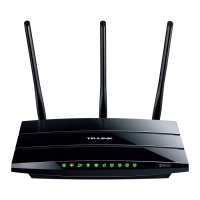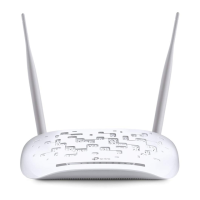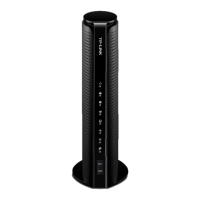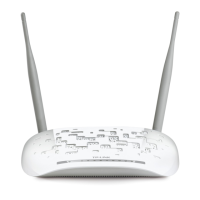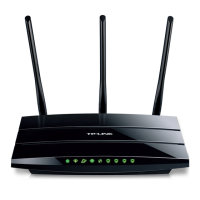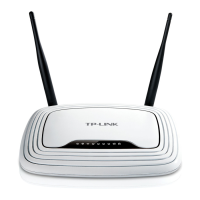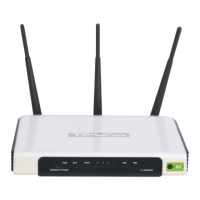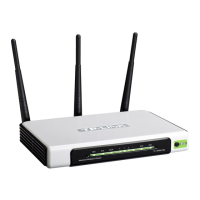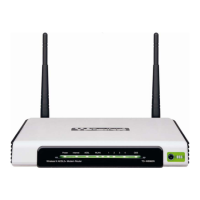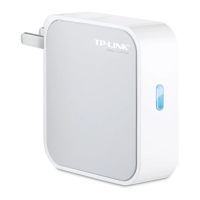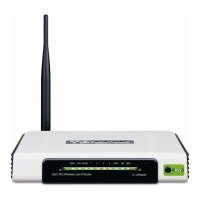Choose the right connection type according to your needs: For PPPoE connection, you
can select Connect on demand or Connect automatically or Connect manually. Connect
on demand is dependent on the traffic. If there is no traffic (or Idle) for a pre-specified period
of time), the connection will tear down automatically. And once there is traffic send or receive,
the connection will be automatically on.
Click Advanced, advanced selections for WAN Service Setup can be shown.
Service Name/Server Name: Enter the Service Name and Server Name if it was provided by
your ISP. You can leave them blank, if the ISP doesn’t provide them.
MTU (bytes): Maximum Transmission Unit Size. Check this box then you can change the
MTU size. The default MTU value is 1500 Bytes. It is not recommended that you change the
default value unless required by your ISP.
Enable Fullcone NAT: It is a type of NAT, if not enabled, the default NAT will act.
Enable SPI Firewall: A SPI firewall enhances network’s security. Select the option to use a
firewall, or else without a firewall.
Enable IGMP Proxy: IGMP (Internet Group Management Protocol) is used to manage
multicasting on TCP/IP networks. Some ISPs use IGMP to perform remote configuration for
client devices, such as the GPON router. The default value is disabled, and if you are not sure,
please contact your ISP or just leave it.
Use IP address specified by ISP: Choose “Use IP address specified by ISP”, you can enter
the IP address provided by your ISP.
Echo request Interval: This value determines the interval of the echo request. Here you can
specify the value between 0-120 seconds, 0 means no request. The default value is 30.
Set DNS Server manually: Choose “Set DNS Server manually”, you can set DNS Server
manually here. The GPON router will use this DNS Server for priority.
Click the Save button to save the settings.
4.4.1.4 Bridge
If you select this type of connection, the router can be configured to act as a bridging device
between your LAN and your ISP. Bridges are devices that enable two or more networks to
communicate as if they are two segments of the same physical LAN.
28
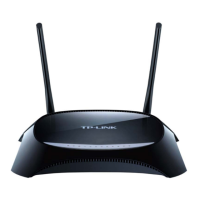
